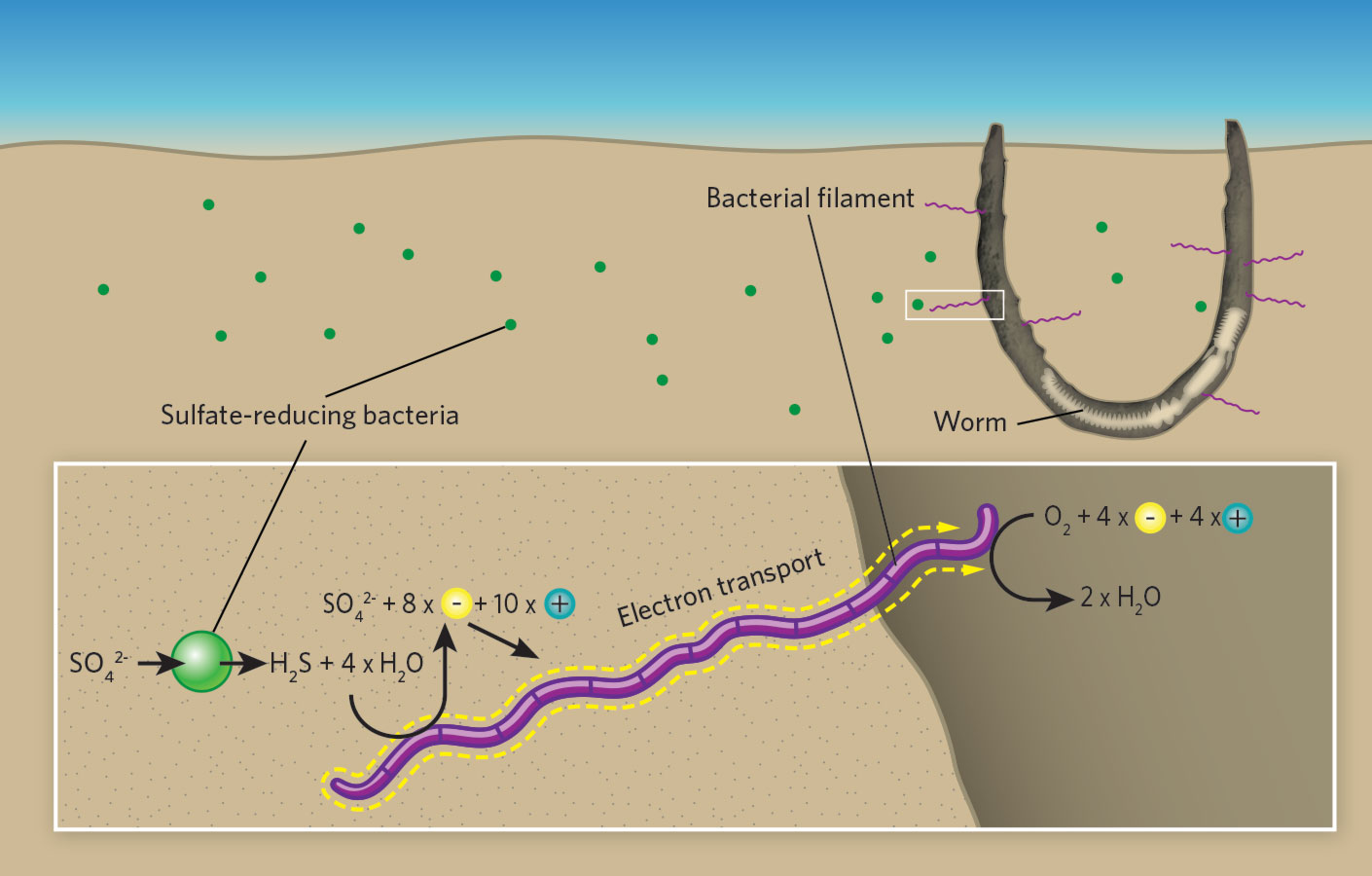Zongjun Yin6, Kelly Vargas6, John Cunningham, Maoyan Zhu, Federica Marone, Philip Donoghue
Published:November 27, 2019 DOI: https://doi.org/10.1016/j.cub.2019.10.057

Highlights
• Caveasphaera is an enigmatic component of the 609-Ma Weng’an Biota of South China
• Caveasphaera is an enigmatic component of the 609-Ma Weng’an Biota of South China
• Yin et al. use X-ray tomography to characterize cellular structure and development
• Gastrulation-like cell division, ingression, detachment, and polar aggregation occur
• A holozoan affinity suggests the early evolution of metazoan-like development
Summary
The Ediacaran Weng’an Biota (Doushantuo Formation, 609 Ma old) is a rich microfossil assemblage that preserves biological structure to a subcellular level of fidelity and encompasses a range of developmental stages [1]. However, the animal embryo interpretation of the main components of the biota has been the subject of controversy [2, 3]. Here, we describe the development of Caveasphaera, which varies in morphology from lensoid to a hollow spheroidal cage [4] to a solid spheroid [5] but has largely evaded description and interpretation. Caveasphaera is demonstrably cellular and develops within an envelope by cell division and migration, first defining the spheroidal perimeter via anastomosing cell masses that thicken and ingress as strands of cells that detach and subsequently aggregate in a polar region. Concomitantly, the overall diameter increases as does the volume of the cell mass, but after an initial phase of reductive palinotomy, the volume of individual cells remains the same through development. The process of cell ingression, detachment, and polar aggregation is analogous to gastrulation; together with evidence of functional cell adhesion and development within an envelope, this is suggestive of a holozoan affinity. Parental investment in the embryonic development of Caveasphaera and co-occurring Tianzhushania and Spiralicellula, as well as delayed onset of later development, may reflect an adaptation to the heterogeneous nature of the early Ediacaran nearshore marine environments in which early animals evolved.
FREE PDF GRATIS: Current Biology Sup. Info.









